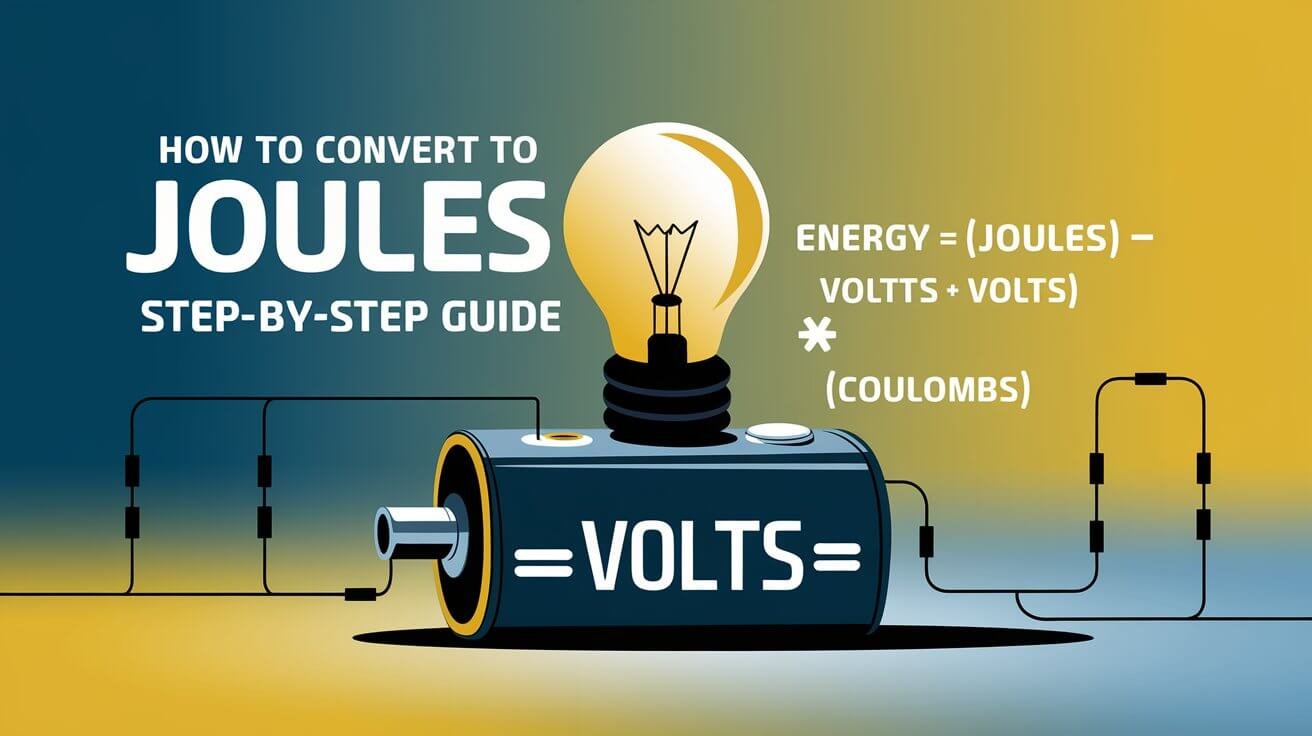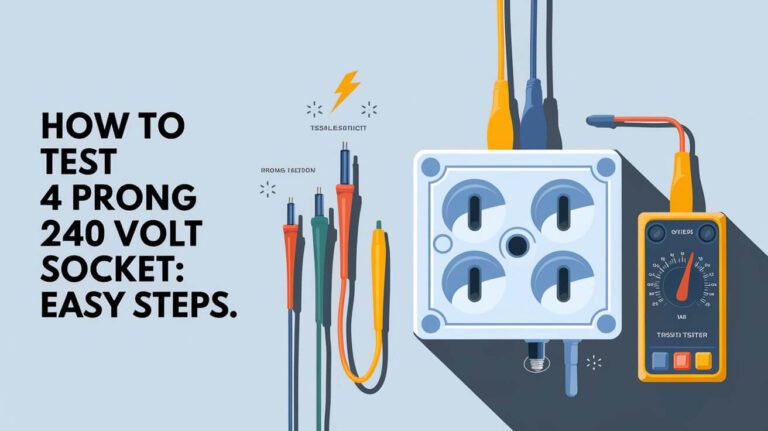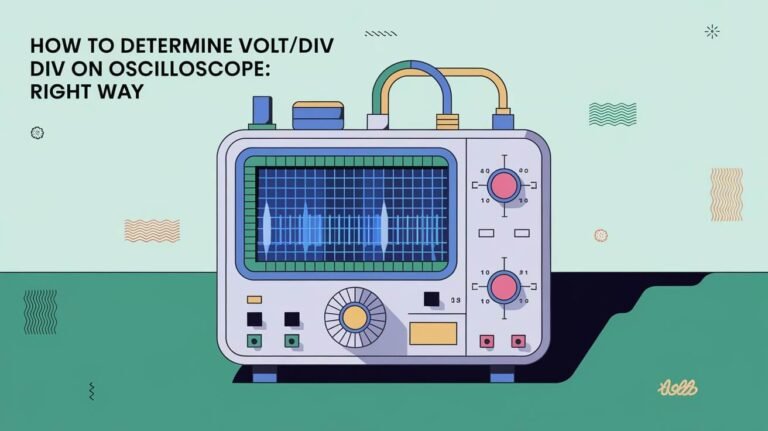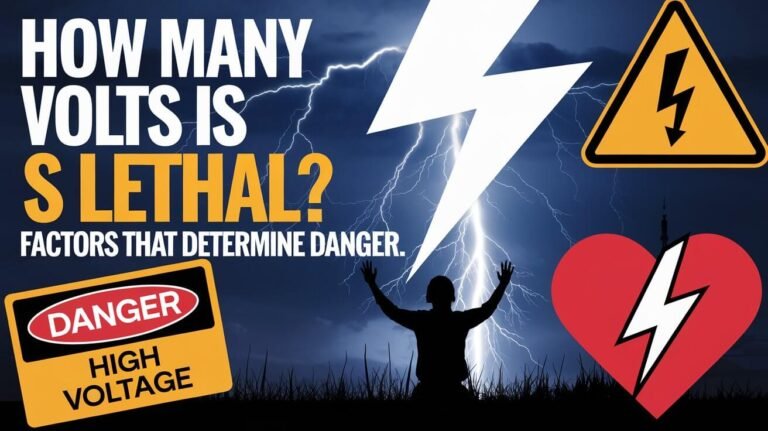
Converting volts to joules is key in electrical energy transfer. It needs a good understanding of voltage and energy’s relationship. We must also consider the electrical charge in coulombs, as volts can’t be directly turned into joules without it.
For example, let’s say we have 500 volts and 1.5 coulombs of electrical charge. The joules in this case would be 750 joules. This shows how important volt to joule conversion is in electrical energy transfer.
Understanding how to convert joules to volts is also vital. This involves figuring out the energy in joules, the charge in coulombs, and then converting joules to voltage. A simple example shows this: with 1,000 J of energy and 10 C of electric charge, the voltage conversion is 1,000 J / 10 C = 100 V.
This example highlights the need for accurate calculations in volt to joule conversion and electrical energy transfer.
Basic Principles of Electrical Energy Conversion
It’s important to understand the basics of electrical energy conversion. This includes knowing how voltage and energy are related. Electrical energy basics cover changing energy from one form to another. The law of conservation of energy says energy can’t be made or destroyed, only changed.
Voltage is the energy per unit charge. This is key to understanding how energy is converted. The standard unit of work is the Joule (J), which is a Newton • meter. Electric voltage is measured in Volts (V), which is the same as Joules per Coulomb (J/C).
This shows a direct link between voltage and energy. The formula for energy output is Energy = Charge moved * Voltage. This shows that energy delivery can change, even with the same voltage, based on the charge moved.
Fundamental Energy Concepts
Some key concepts to understand in electrical energy conversion include:
- Energy cannot be created nor destroyed, only changed from one form to another
- Voltage represents the energy per unit charge
- Electric voltage is expressed in Volts (V), equivalent to Joules per Coulomb (J/C)
- Energy delivery varies depending on the charge moved, even with the same voltage
Relationship Between Volts and Energy
The relationship between volts and energy is direct. Voltage is the energy per unit charge. So, as voltage increases, the energy per unit charge also increases. Knowing this is key for efficient energy conversion and use.
Core Physical Properties
The core physical properties in electrical energy conversion include standard units like the Joule (J) and Watt (W). The efficiency of energy conversion is also important. Techniques like using energy storage solutions and smart grids help optimize energy distribution and reduce waste.
| Unit | Definition |
|---|---|
| Joule (J) | Equivalent to a Newton • meter |
| Watt (W) | Equivalent to a Joule per second (J/s) |
| Volt (V) | Equivalent to Joules per Coulomb (J/C) |
The Science Behind Volts Transfer To Joules
The transfer of volts to joules is all about electrical charge and the difference in voltage. When a battery delivers energy, it’s found by multiplying the charge by the voltage. This is shown in the formula E(J) = V(V) × Q(C), where E is energy in joules, V is voltage in volts, and Q is charge in coulombs.
The key here is the voltage difference. It’s the change in energy of a charge moving from one point to another, divided by the charge. This change is measured in joules per coulomb, or volts (V), named after Alessandro Volta. Below is a table showing the energy from different batteries:
| Battery Type | Voltage (V) | Charge (C) | Energy (J) |
|---|---|---|---|
| Motorcycle Battery | 12.0 | 5000 | 6.00 x 10^4 |
| Car Battery | 12.0 | 60,000 | 7.20 x 10^5 |
| AAA Battery | 1.5 | 100 | 150 |
The link between voltage difference and electrical energy is important. It’s shown by ΔV = ΔPE/q and ΔPE = qΔV, where ΔV is the voltage change, ΔPE is the energy change, and q is the charge. Knowing these ideas helps us figure out a battery’s energy and design better electrical systems.
Essential Mathematical Formulas
To convert volts to joules, we use a simple formula: E(J) = V(V) × Q(C). Here, E is energy in joules, V is voltage in volts, and Q is charge in coulombs. This formula shows how voltage, charge, and energy are connected.
Let’s simplify the formula. Energy in joules (E) equals voltage (V) times charge (Q). For instance, with 65 V and 10 Coulombs, we get 650 Joules of energy.
Base Conversion Equations
Here are some base conversion equations for energy:
- Voltage (V) = Volts
- Charge (Q) = Coulombs
- Energy (E) = Joules
Practical Mathematical Examples
Here are some examples of using the volt-to-joule formula:
| Voltage (V) | Charge (Q) | Energy (E) |
|---|---|---|
| 65 V | 10 C | 650 J |
| 120 V | 5 C | 600 J |
These equations help us find energy in joules for various voltages and charges. It’s a handy tool for many uses.
Common Conversion Scenarios
In real-world voltage conversion, knowing how to do practical joule calculations is key. For example, imagine an electrical circuit with 15V and 4C of charge. This results in 60J of energy transferred. This shows how voltage, charge, and energy are linked in electrical engineering.
In fields like electronics and mechanics, voltage conversion and joule calculations are vital. For instance, light bulbs usually have a power rating of 60 Watts. Appliances that use energy over time often have power ratings from 500 to 2000 Watts. Let’s look at some common scenarios:
- Electrical circuits: Energy in circuits is often calculated with currents of 2 to 3 Amperes and voltages from 12 to 200 volts.
- Electrical appliances: Appliances that use energy over time usually have power ratings between 500 and 2000 Watts.
- Mechanical systems: The power output of engines or motors can vary, like operating at 2,450 Watts.
Using real-world voltage conversion and joule calculations, we can grasp energy use and transfer in different systems. This knowledge is critical for designing and improving electrical circuits. It also helps ensure that electrical appliances and mechanical systems work efficiently.
Tools and Equipment for Measurement
Getting the right voltage is key to figuring out energy in joules. Many tools help with this. Digital multimeters are a top choice. They can check voltage, current, and resistance.
They’re great for electrical work because they’re precise and flexible.
For energy use, power analyzers are a must. They show details on voltage, current, power, and energy. This info is vital for calculating joules. Using these tools helps get energy use right and manage it better.
Digital Multimeters
Digital multimeters are vital for measuring voltage, which is needed for joule calculations. They’re used for checking voltage, current, and resistance in circuits. Their accuracy and simplicity make them a must-have for electricians and engineers.
Power Analyzers
Power analyzers are advanced tools for energy tracking. They measure voltage, current, power, and energy. They’re key in industries and businesses to watch and improve energy use. With them, people can understand their energy use better and cut down on waste.
Calibration Requirements
Calibration is critical for voltage tools and energy devices to work right. Regular checks prevent mistakes and ensure devices are accurate. Following the maker’s guidelines helps keep tools reliable and precise.
Practical Applications in Electronics
Managing electronic energy is key to how long devices last and how much power they use. Understanding how devices convert voltage to energy is vital. For example, figuring out a smartphone’s power needs involves looking at its battery and circuitry.
Energy management in electronics is all about making devices work better and use less power. This is done through smart voltage-to-energy conversion. It helps devices run smoothly and saves energy. Here are some ways energy management works:
- Power optimization in smartphones to make batteries last longer
- Energy-saving designs in home appliances to cut down on power use
- Advanced battery tech in electric cars to boost range and performance
Using electronic energy management, we can make devices more efficient and green. The way devices convert voltage to energy is a big part of this. Managing this process well can greatly improve how devices perform and use energy.
| Device | Energy Consumption | Voltage-to-Energy Conversion |
|---|---|---|
| Smartphone | 5-10 watts | Efficient battery management and power optimization |
| Home Appliance | 100-500 watts | Energy-efficient design and power consumption reduction |
| Electric Vehicle | 10-50 kilowatts | Advanced battery technologies and power management systems |
Safety Protocols During Measurements
When working with electrical circuits, safety is key. It’s important to use proper insulation and grounding to avoid electrical shocks. In the U.S., over a thousand people die each year from electric current. Following electrical safety rules is critical to prevent such tragedies.
When measuring voltage, it’s vital to take precautions. High-voltage circuits can cause serious harm. Always wear insulated gloves and safety glasses to protect yourself.
Personal Protection Equipment
- Insulated gloves: To prevent electrical shocks
- Safety glasses: To protect the eyes from electrical arcs
- Fire-resistant clothing: To prevent injuries from electrical fires
Circuit Safety Guidelines
To keep circuits safe, follow important steps. Always turn off the circuit before measuring. Use the right precautions and avoid touching electrical parts. These steps help prevent electrical shocks and keep you safe.
Troubleshooting Conversion Issues
When you face voltage conversion problems, finding the main cause is key. A common error is making wrong unit conversions, which can mess up joule calculations. Always double-check your math and use the right units.
It’s important to know how volts relate to energy. For instance, 1 electron volt (eV) equals 1.602×10^-19 joules (J). This info helps when fixing voltage conversion issues. Also, knowing Ohm’s Law can help spot resistance problems.
Some common problems with voltage conversion include:
- Incorrect unit conversions
- Misreading measurement tools
- Insufficient understanding of electrical principles
To solve these issues, you need to understand electrical basics. Knowing about current, voltage, and resistance helps fix voltage conversion problems. This way, you can avoid making mistakes in joule calculations.
| Unit | Description | Equivalent |
|---|---|---|
| 1 electron volt (eV) | Energy gained by an electron accelerated through 1 volt | 1.602×10^-19 joules (J) |
| 1 ohm (Ω) | Unit of resistance | 1 volt per ampere |
Following these tips and grasping electrical energy conversion basics, you can solve voltage conversion problems. This ensures your results are accurate.
Industrial Uses and Standards
In industrial settings, precise volt-to-joule conversions are key for efficiency and safety. These conversions are vital in various manufacturing processes. The National Institute of Standards and Technology (NIST) guides on using the International System of Units (SI) for trade and commerce. This includes standards for voltage and energy measurements.
Manufacturing applications that need accurate energy calculations include power generation, transmission, and distribution. Quality control also depends on precise voltage and energy measurements. This ensures product quality and equipment safety. NIST encourages using metric units for uniformity in weights and measures across industries.
Manufacturing Applications
Examples of manufacturing applications that need industrial energy conversion include:
- Power generation and transmission
- Industrial automation and control systems
- Electrical equipment manufacturing
Quality Control Methods
Quality control methods that need precise voltage and energy measurements include:
| Method | Description |
|---|---|
| Calibration of equipment | Ensuring that equipment is properly calibrated to measure voltage and energy accurately |
| Inspection of products | Verifying that products meet the required standards for voltage and energy consumption |
| Testing of materials | Conducting tests to determine the electrical properties of materials used in manufacturing |
Following voltage standards in manufacturing and using accurate industrial energy conversion methods, industries can ensure quality and safety. This also helps maintain efficiency and reduce costs.
Real-World Examples and Calculations
Let’s dive into how volts are converted to joules with some real examples. Imagine a 12V battery that supplies 4C of charge. This results in 48J of energy. This shows how voltage, charge, and energy are connected.
In everyday life, we can use these examples to improve how we use energy. This can help us save energy and cut down on waste.
Understanding the power formula for electricity is key. It’s P = V * I, where P is power in watts, V is voltage in volts, and I is current in amperes. For example, a 60-watt bulb at 120 volts helps us figure out the current it uses.
This formula lets us look at different energy conversion examples. It helps us find ways to use energy better.
Here are some real-life uses of this knowledge:
- Figuring out how much energy a device uses over time
- Finding out the power needed for a certain job
- Improving energy use in industrial settings
These examples show why knowing about energy conversion is so important. By looking at real-world examples, we can better understand how voltage, current, and energy work together. This leads to using energy more efficiently and effectively.
Conclusion
In this guide, we’ve covered the basics of volt-to-joule conversion. It’s key for electrical engineers and anyone dealing with electrical energy. Now, you know how voltage, energy, and physical properties are linked. This knowledge helps you in many areas, like electronics and manufacturing.
You’ve learned the formulas and seen how they work in real life. Knowing how to measure and fix electrical energy is now easier. Remember, the electron-volt (eV) is used for tiny things, while joules (J) are for bigger energy.
Keep learning about electrical energy to get better. Always be safe, use the right tools, and follow the latest standards. With what you’ve learned, you’re ready to excel in electrical engineering.
User FAQ
What is the relationship between volts and joules?
Volts and joules are key in electrical systems. Volts show the difference in voltage, while joules measure energy. Knowing how they relate helps in converting between them accurately.
What are the core physical properties involved in volt-to-joule conversions?
The conversion from volts to joules involves electrical charge and the difference in voltage. It also includes the principles of energy transfer. Understanding these concepts is essential for converting volts to joules.
What are the essential mathematical formulas needed for volt-to-joule conversions?
To convert volts to joules, use the formula J = Q × V. Here, J is joules, Q is charge, and V is voltage. This formula is the starting point for more complex calculations and examples.
What are some common real-world scenarios where volt-to-joule conversions are necessary?
Volt-to-joule conversions are used in many areas, from electronics to industrial processes. Knowing these scenarios shows how important this concept is in our daily lives and work.
What tools and equipment are used for measuring voltage and calculating energy in joules?
Digital multimeters and power analyzers are key for measuring voltage and energy in joules. It’s important to use these tools correctly for accurate results and safety.
How are volt-to-joule conversions applied in the field of electronics?
In electronics, volt-to-joule conversions are vital for managing energy, battery technologies, and optimizing power. Understanding these applications highlights the importance of this concept in our electronic interactions.
What safety protocols should be followed when working with electrical systems and performing volt-to-joule conversions?
Safety is critical when working with electrical systems. Always wear proper protective gear, follow circuit safety guidelines, and stick to established safety protocols to protect yourself and the electrical system.
How can one troubleshoot issues that may arise during volt-to-joule conversions?
Troubleshooting is essential when converting volts to joules. Identifying and fixing calculation or measurement errors can lead to accurate results. This improves your understanding of the conversion process.
How are volt-to-joule conversions applied in industrial settings?
In industry, volt-to-joule conversions are key for manufacturing, quality control, and energy efficiency. Exploring these applications shows the practical value of accurate electrical energy calculations.
What are some real-world examples and detailed calculations for volt-to-joule conversions?
Real-world examples and step-by-step calculations enhance understanding of volt-to-joule conversions. These examples, from simple to complex, provide hands-on experience in applying the concepts learned.




